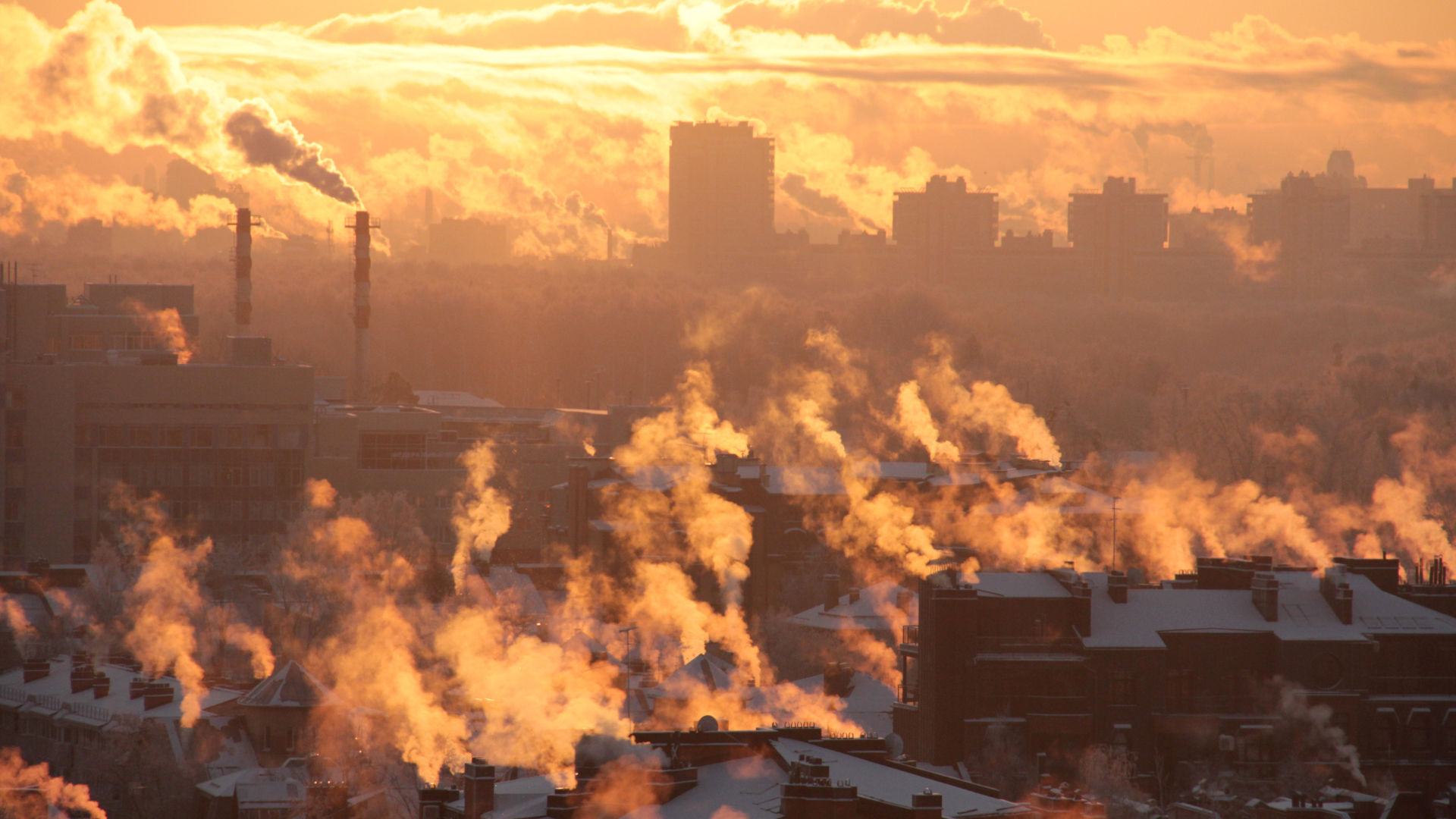Human actions have a significant impact on the frequency and intensity of natural disasters. Through activities such as deforestation, urbanization, and the burning of fossil fuels, humans contribute to environmental changes that exacerbate weather extremes. The evidence indicates that climate change driven by human activity is a key factor in increasing the likelihood of natural disasters.
As populations grow and demand for resources intensifies, the strain on natural ecosystems becomes more pronounced. This imbalance not only leads to habitat destruction but also diminishes the Earth’s ability to mitigate the effects of disasters like floods, hurricanes, and wildfires. Understanding this relationship between human behaviour and environmental change is crucial for developing effective strategies to reduce disaster risks.
With the knowledge that human actions play a direct role in the worsening of natural disasters, it becomes essential to examine the connections between our choices and the increasingly hostile environment. By exploring this topic, readers can gain insights into how they can contribute to positive change and potentially lessen the impact of future calamities.
Human Impact on Climate and Disasters
Human actions significantly contribute to climate change, which in turn increases the frequency and intensity of natural disasters. Key factors include fossil fuel consumption, deforestation, and urbanisation, each influencing environmental stability and disaster susceptibility.
The Role of Fossil Fuels in Global Warming
Fossil fuels remain a primary energy source, leading to substantial greenhouse gas emissions. Burning coal, oil, and natural gas releases carbon dioxide and methane, which trap heat in the atmosphere. This contributes to global warming.
Higher temperatures can result in severe weather patterns. Increased heat intensifies droughts, leading to wildfires and famines. These events devastate ecosystems and human communities alike. Moreover, warmer air holds more moisture, contributing to heavier rainfall and potential landslides.
Deforestation and Land Degradation
Deforestation occurs largely due to agricultural expansion, urban development, and logging. Removing trees diminishes the planet’s ability to absorb carbon dioxide, worsening the greenhouse effect.
Land degradation follows deforestation, stripping the ground of vegetation and making it less stable. This condition increases the risk of landslides during heavy rains, as exposed soil can easily wash away. Moreover, deforested areas see significant declines in air quality, impacting human and animal health.
Urbanisation and Vulnerability
Rapid urbanisation creates densely populated areas often located in disaster-prone regions. These areas may lack adequate infrastructure to cope with climate-related events.
As cities expand, natural land is replaced with impermeable surfaces. This increases runoff, amplifying flood risks during storms. Urban heat islands also form, raising local temperatures and contributing to wildfires.
The concentration of people and resources in urban settings heightens vulnerability during disasters. Access to emergency services can be hampered, increasing recovery times and casualties.
Consequences of Climate Change
Climate change has significant and direct impacts on natural disaster phenomena. Human actions exacerbate these effects, leading to more frequent extreme weather events, rising sea levels, and increasing temperatures that contribute to drought conditions.
Increased Frequency of Extreme Weather Events
Climate scientists have observed a marked increase in the frequency and intensity of extreme weather events due to climate change. This includes more powerful hurricanes, prolonged heatwaves, and intense rainfall leading to floods.
- Hurricanes: Warmer ocean temperatures fuel stronger storms. The intensity of hurricanes has escalated, resulting in catastrophic damage and loss of life.
- Floods: Heavy precipitation often results in flash floods. These events disrupt communities, destroy infrastructure, and cause significant economic loss.
The increasing variability of weather patterns highlights the urgent need for adaptation strategies.
Rising Sea Levels and Coastal Damage
As global temperatures rise, polar ice melts and causing sea levels to rise. This shift has serious implications for coastal areas.
- Storm Surge: Higher sea levels amplify storm surge effects during hurricanes. Coastal regions face increased flooding that threatens homes and ecosystems.
- Erosion: Coastal erosion accelerates, leading to loss of land and habitat. Many communities must grapple with displacement and property damage as shorelines recede.
Investment in sea defences and sustainable coastal management is crucial for vulnerable areas.
Warming Temperatures and Droughts
Warming temperatures have profound effects on freshwater availability. Droughts become more prolonged, impacting agriculture and water supply.
- Agricultural Stress: Crop yields decline under excessive heat and water shortage. This endangers food security and increases commodity prices.
- Water Supply: Competing demands for water exacerbate drought conditions. Regions already facing scarcity struggle to meet basic needs for drinking and irrigation.
Many scientists emphasise the need for sustainable water management practices to mitigate these impacts.
Mitigation and Adaptation Strategies
Effective mitigation and adaptation strategies can reduce the impact of human actions on natural disasters. These strategies involve developing technology, emphasising sustainability, and fostering community involvement to build resilience against natural hazards.
Developing Early Warning Systems
Early warning systems are crucial for minimising the impact of natural disasters. They provide timely alerts about impending hazards such as floods, hurricanes, and wildfires.
These systems often utilise a combination of weather monitoring, satellite technology, and data analytics. Many regions implement community-based systems that engage local residents in monitoring and reporting conditions.
Timely alerts can significantly decrease casualties and property damage. Integration of technology ensures that warnings reach those most at risk quickly and effectively, allowing them to take necessary precautions.
Sustainable Practices and Renewable Energy
Sustainable practices play a vital role in mitigating climate change and reducing the frequency of natural disasters. Transitioning to renewable energy sources can lower greenhouse gas emissions, which contribute to global warming.
Implementing sustainable agriculture and forestry practices helps maintain ecosystem balance, reducing soil erosion and enhancing local biodiversity.
City planning that emphasises green spaces and flood management also reduces the impacts of urban flooding. Communities adopting these practices often experience fewer disruptions and are more resilient to environmental changes over time.
Community Engagement and Education
Community involvement is essential for the successful implementation of adaptation strategies. Engaging local populations in disaster preparedness programs fosters a sense of ownership and responsibility.
Educational initiatives targeting students help raise awareness about risks associated with climate change and natural hazards. Workshops, seminars, and practical exercises ensure that individuals are equipped with the knowledge to respond effectively.
Partnerships between governments, NGOS, and community organisations can enhance resilience by pooling resources and sharing best practices. Empowered communities can better adapt to changes, thus reducing poverty and vulnerability in the face of natural disasters.




